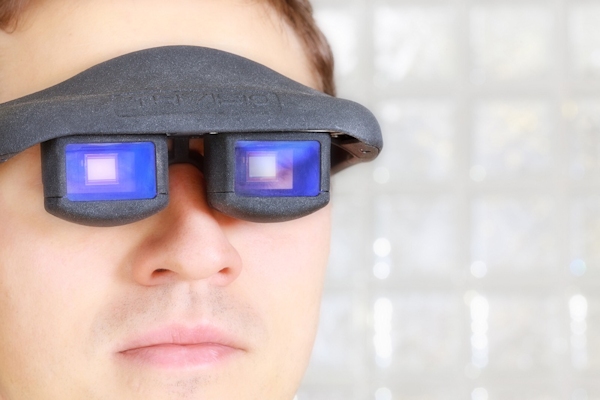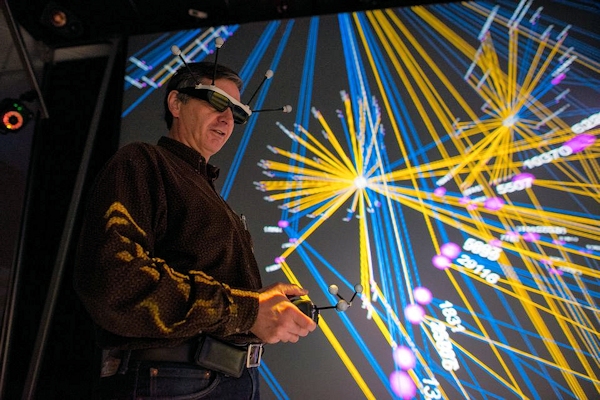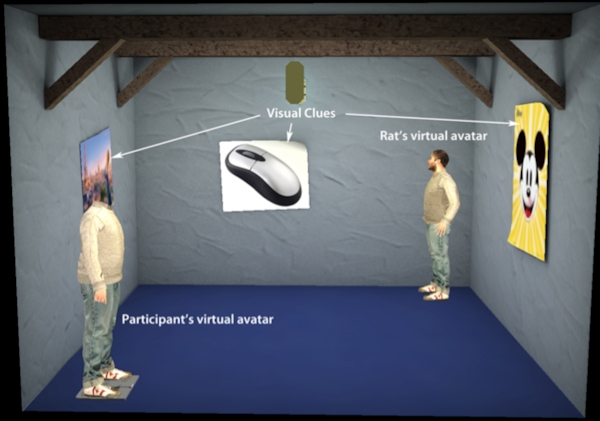Codes of Engagement – Call for Papers
8th – 10th April 2013 Watershed, Bristol
As the 18th anniversary of the first Computers in Art and Design Education conference approaches, those born in 1995 have just become our students. Many who then sensed the opportunities and need to make computers an integral part of Art and Design Education might feel that this is now a given. But has this only been the prelude to a greater set of challenges? How will the landscape change when we begin to teach pupils who’ve been taught how to code in schools? As computing moves off the desktop towards the ubiquitous and the physical… and into what should be the natural domain of the arts, is the sector prepared? Can it cope with the demands of electronics alongside coding? Can it innovate and be creative if it doesn’t?… read more. “Call: Codes of Engagement – Computers in Art and Design Education conference”



